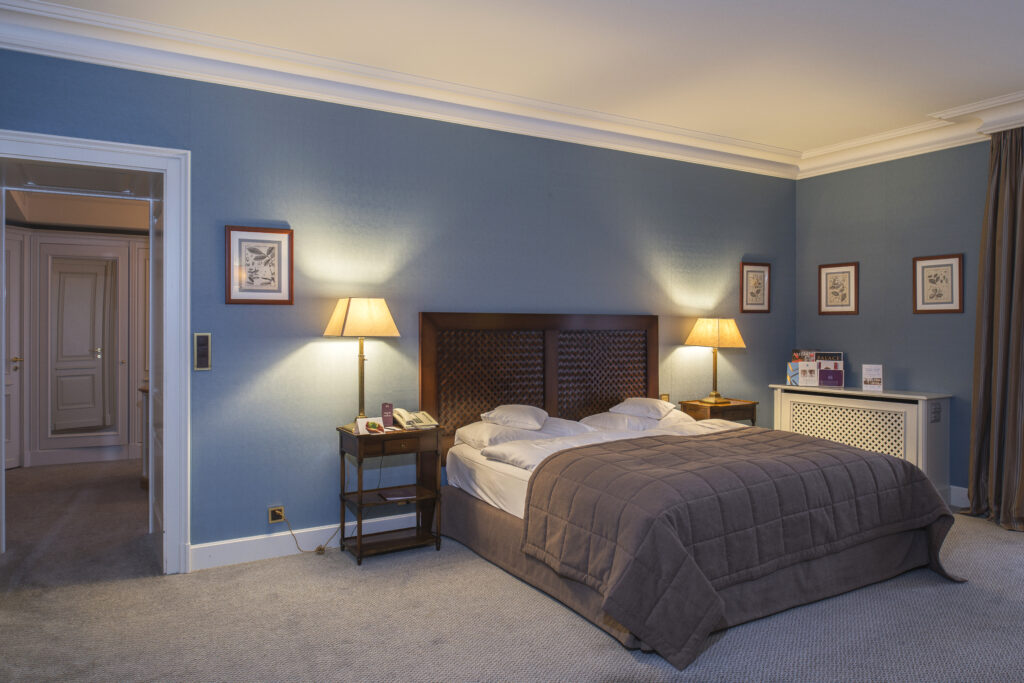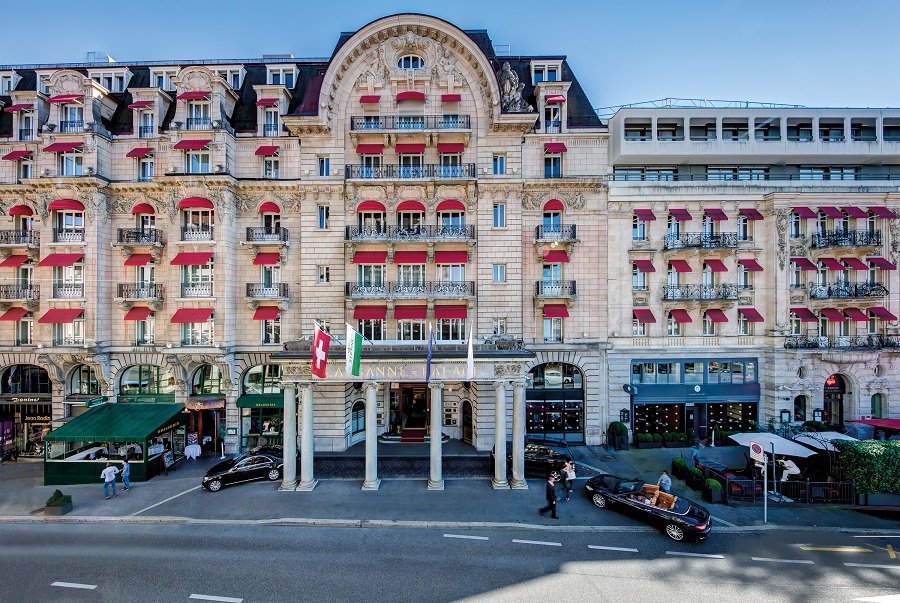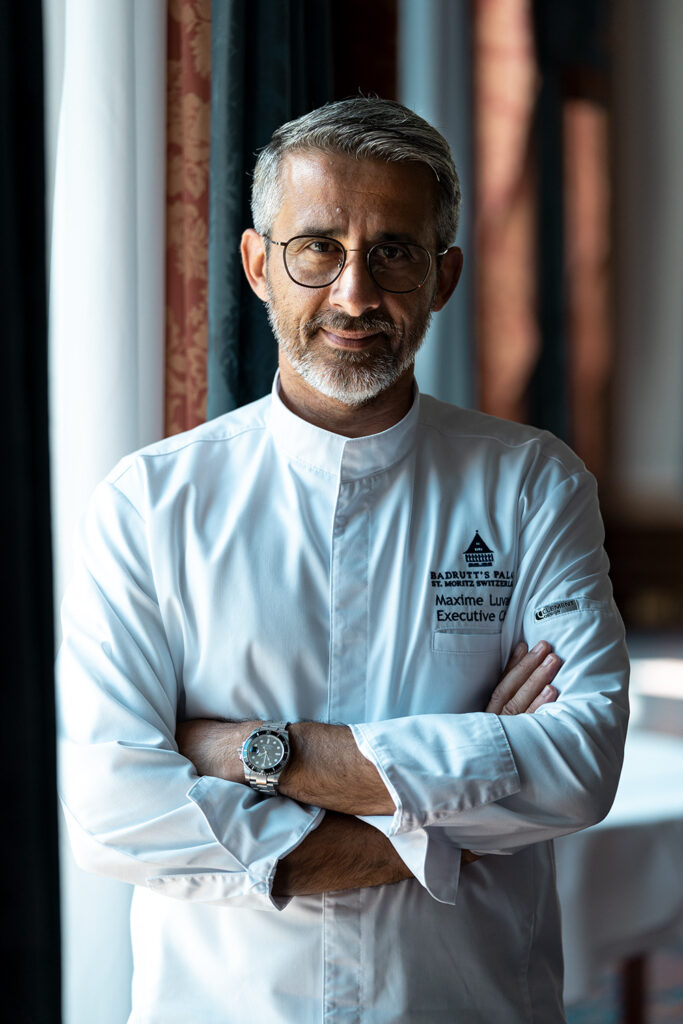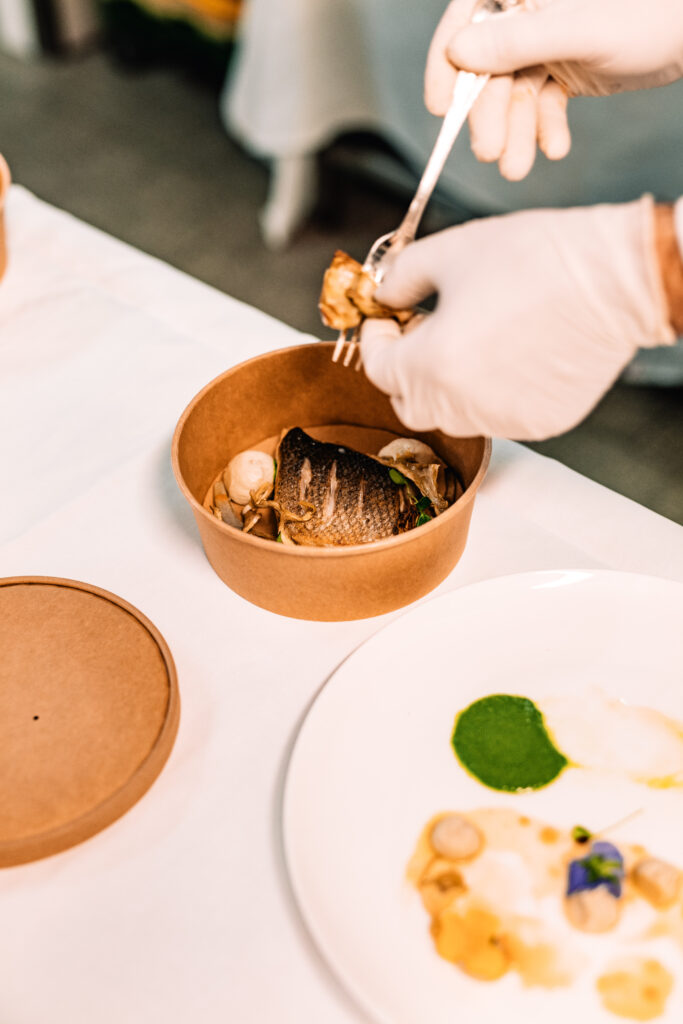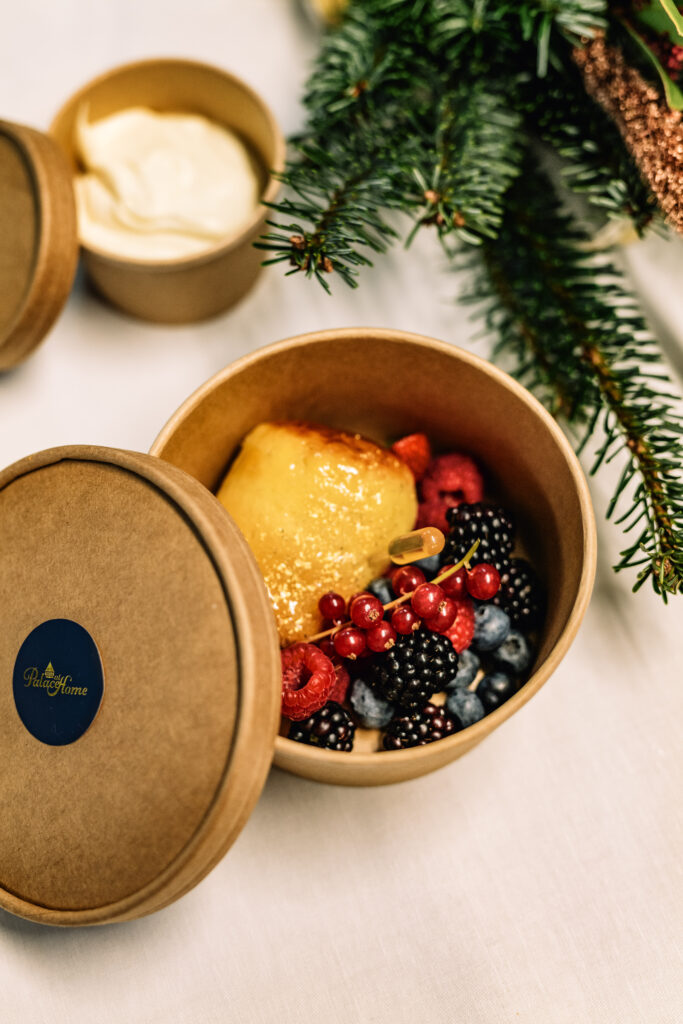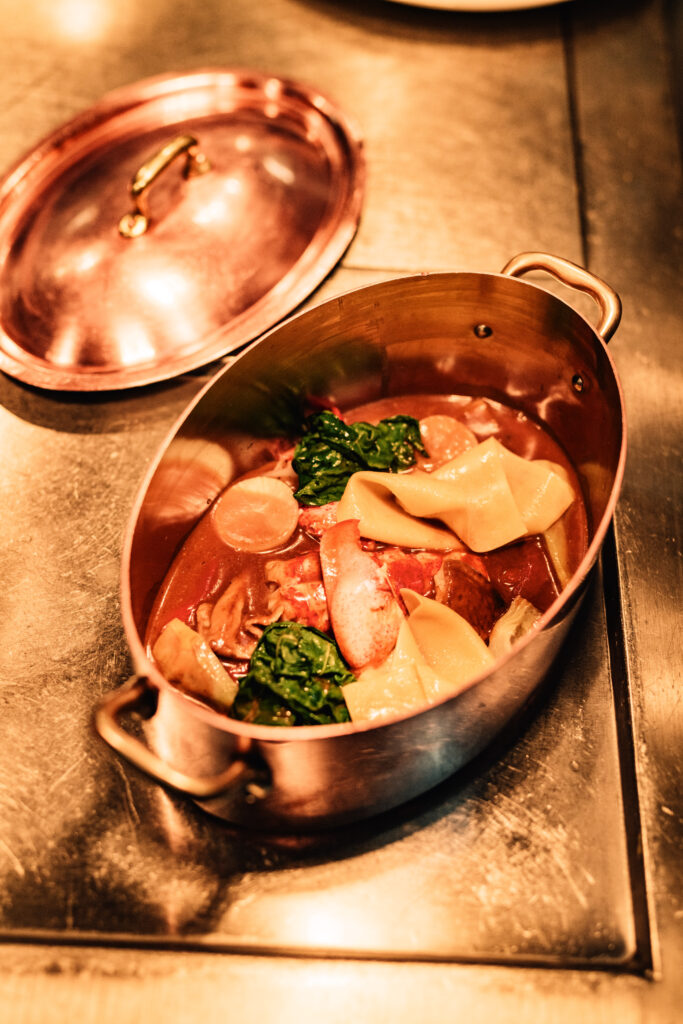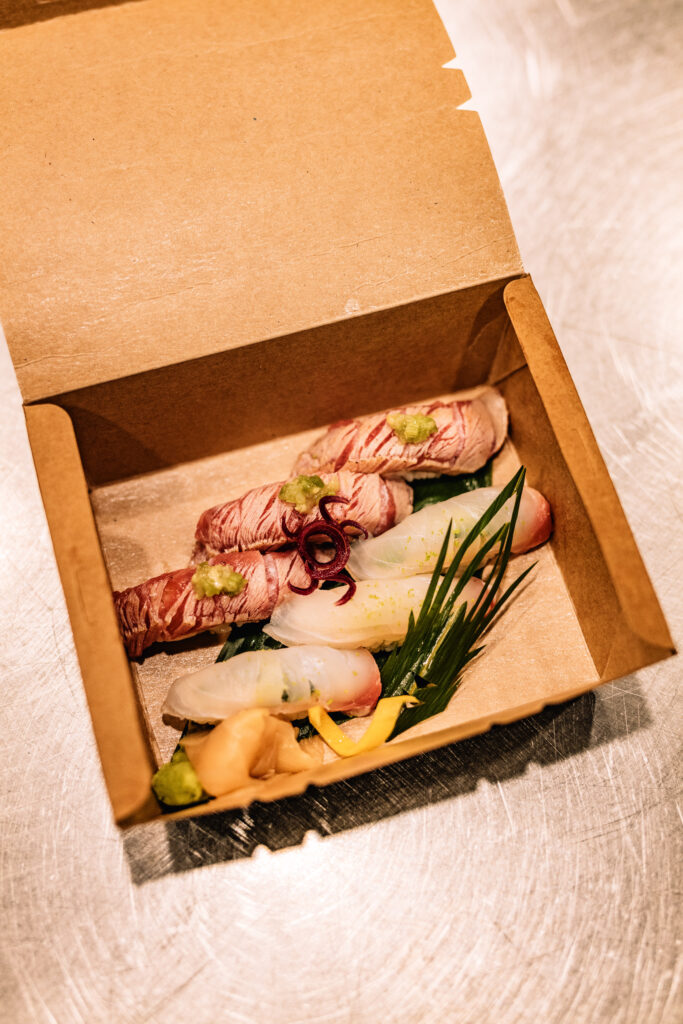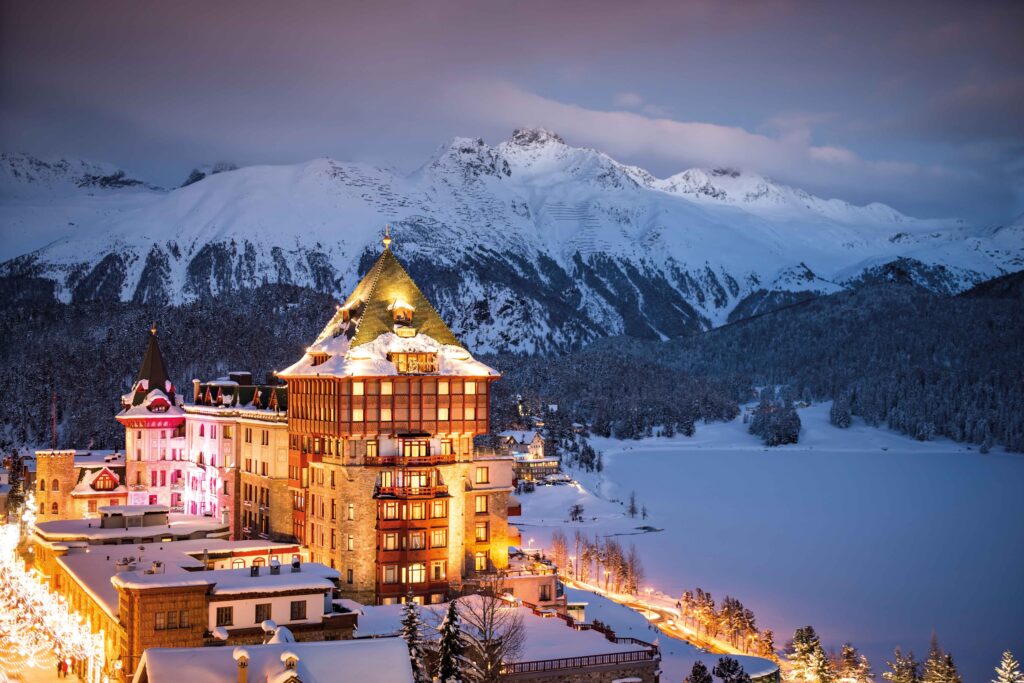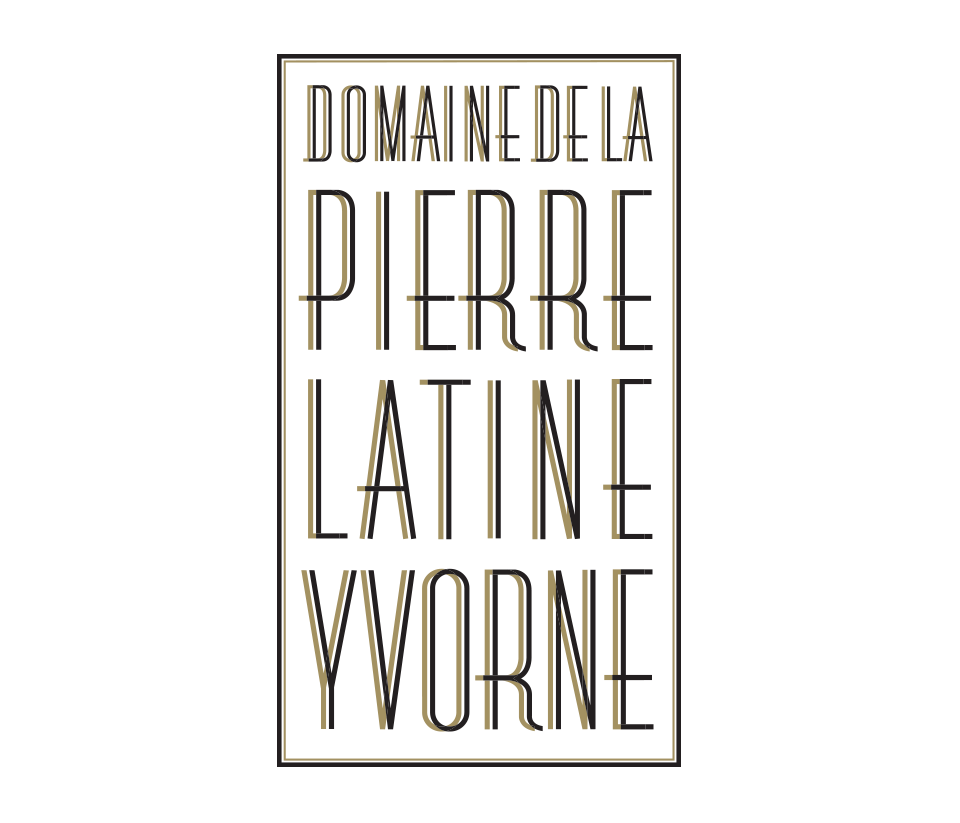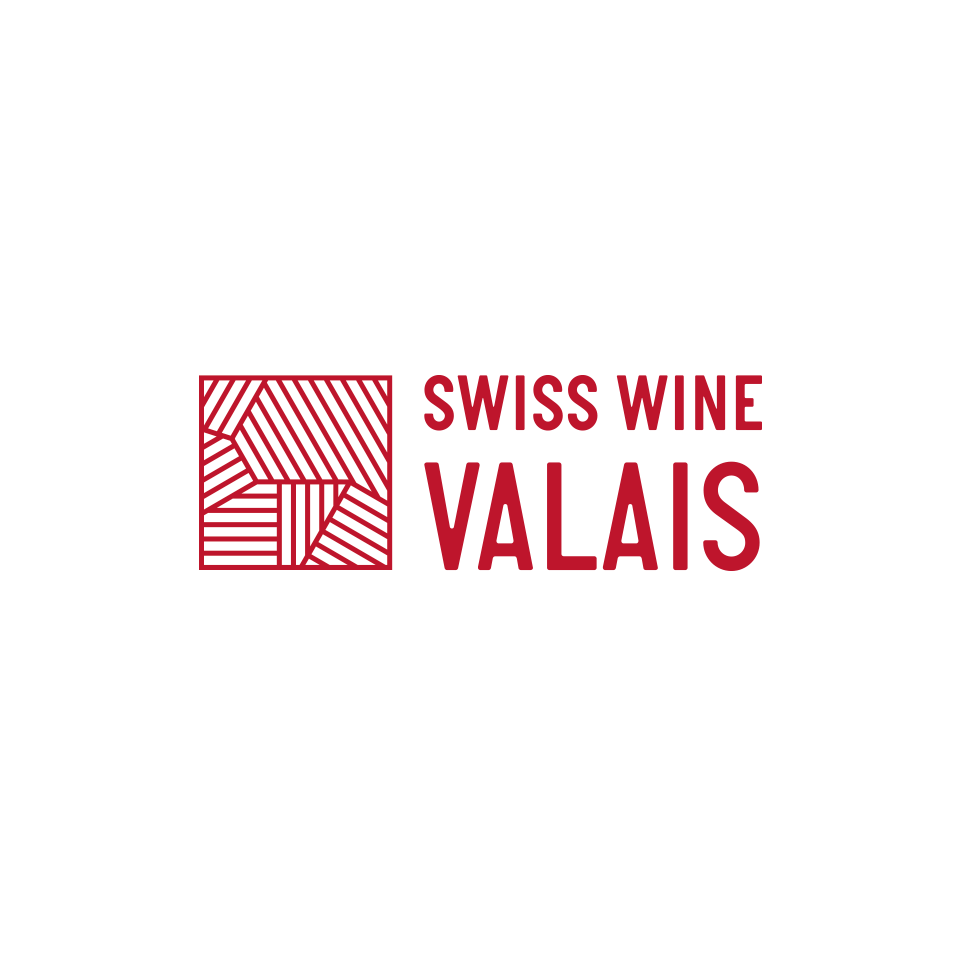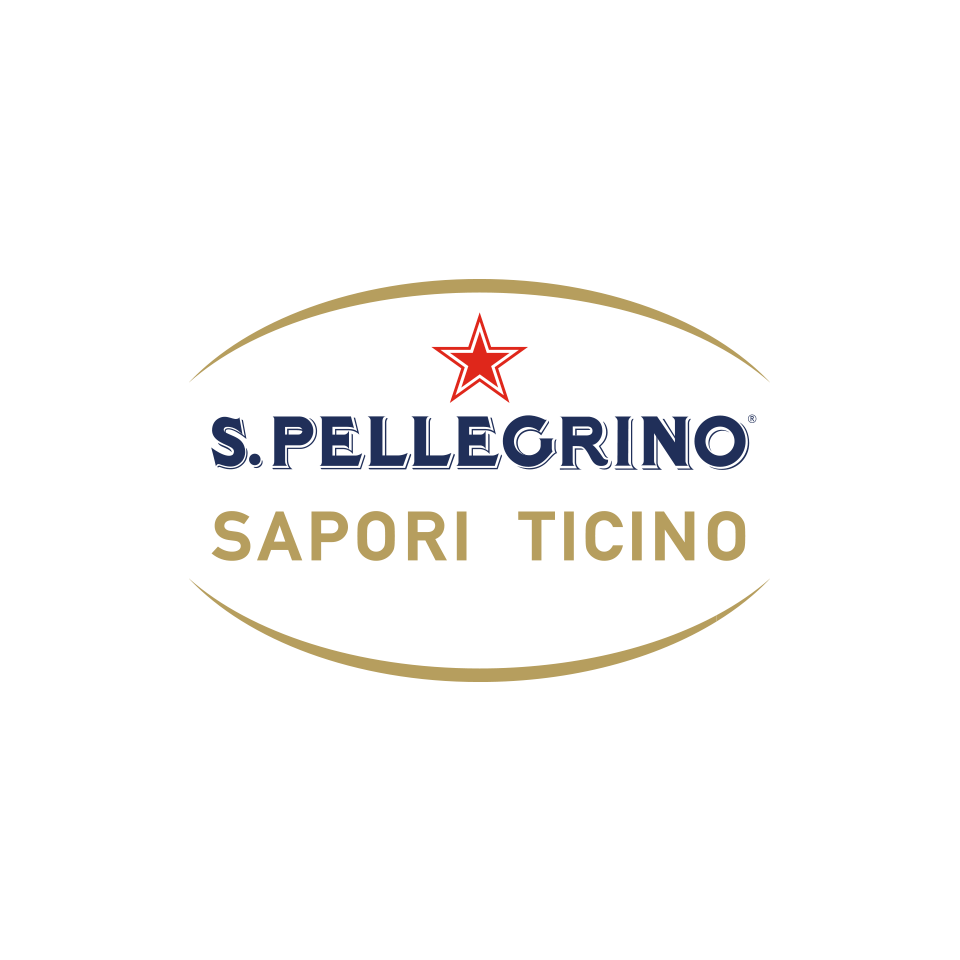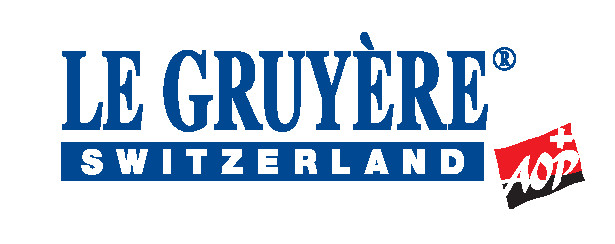Located in the heart of the vibrant city of Lausanne, the magnificent Lausanne Palace reflects the elegance of the Belle Époque. Like its native city, the Palace has adapted to the dynamism of its visitors, while preserving its mark of excellence: the quality of its welcome. Today, the luxury hotel blends tradition, history and elegance with current trends, giving it a youthful and carefree appeal. Ulrike Kuechle Oguey, Guest Relations, tells us about the highlights of the “LP”. Interview.
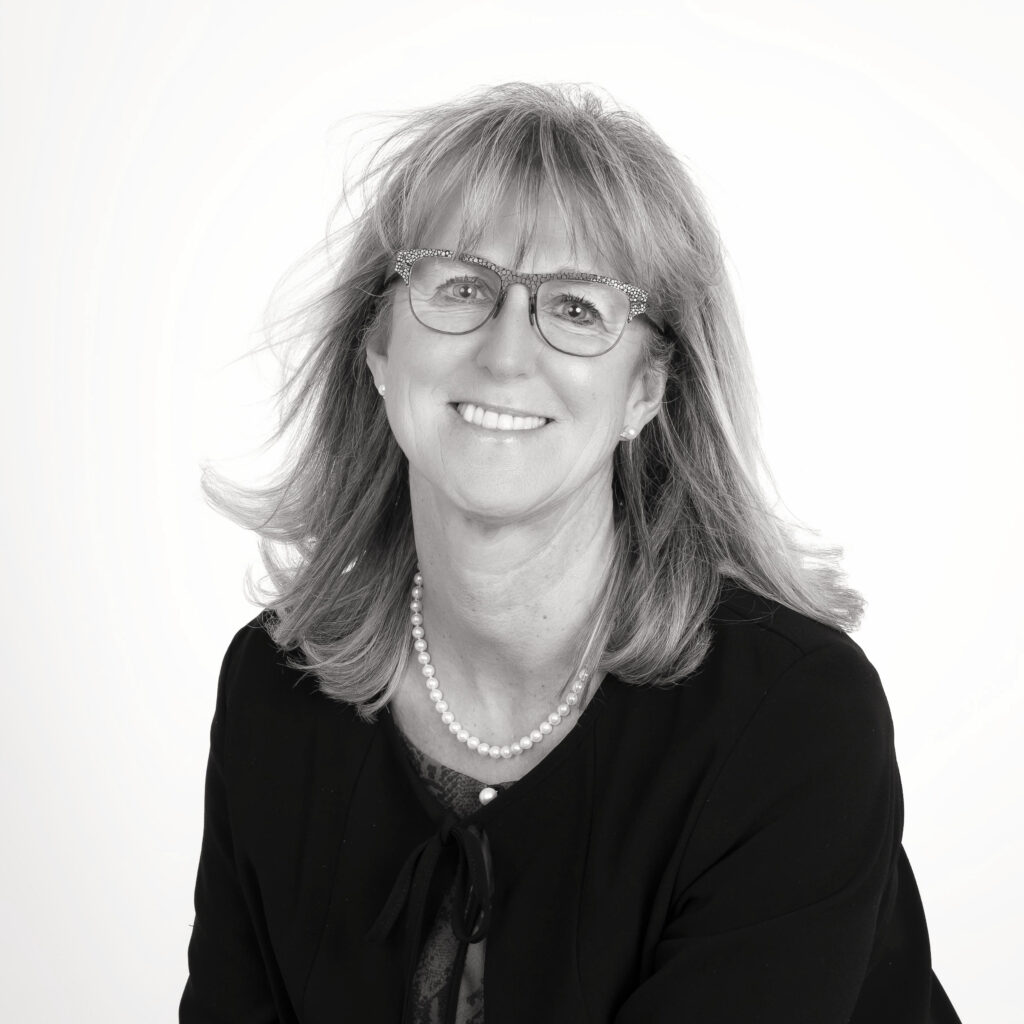
Grandes Tables Suisses: Can you tell us about the birth of the Lausanne Palace?
Ulrike Kuechle Oguey: On 19th June 1915, the Lausanne Palace opened its doors for the first time. The hotel, located in the heart of the city centre, is on the former site of the Belvedere and Beau-Site hotels. In 1911, the Belvedere was demolished to be replaced by the Lausanne Palace, which merged with the Beau-Site building. The Lausanne Palace, a new luxury hotel, competes with the Beau-Rivage Palace located on the banks of Lake Geneva in Ouchy.
GTS: The Lausanne Palace has been “witness to historic encounters”. Can you tell us about one of these meetings? When did it take place?
UKO: The Lausanne Palace has indeed hosted many historic meetings, but one of the most significant was undoubtedly the signing of a treaty of friendship between Turkey and Poland in 1923, as part of the negotiations on the Middle East which led to the signing of the Treaty of Lausanne. A historic moment!
GTS: Tell us about a historical part of the hotel, which has been there since day one… What is its history?
UKO: The columns, the wide corridors and the woodwork are defining elements of the Lausanne Palace. The column has become an iconic signature and is featured in the hotel’s logo. The wide corridors decorated with wood panelling are important areas of representation where people parade and look at each other. It is said that the width of the corridors allowed women dressed in imposing dresses to cross each other without changing their trajectory.
GTS: What is one of the most memorable and extravagant events you have hosted at the Palace? Do you have a particular anecdote to this day?
UKO: Lausanne hosted the 2003 G8 and, on that occasion, the Lausanne Palace was hosting some of the delegations. One of the delegations asked us to install a huge red carpet at the main entrance, extending to the reception columns, to welcome a prominent member of their group. As this was his first stay at the Lausanne Palace, everything had to be perfect!
A few hours later, the members of the delegation told us that they wanted to arrive more discreetly through the annexed entrance to the Lausanne Palace, which is located on the street side. We therefore moved the red carpet and readapted the dimensions to this second entrance to meet their wishes.
Shortly afterwards, a third call indicated that the delegation had changed its mind and preferred to keep the first option of the main entrance. We had to urgently prepare another carpet, re-done to the right dimensions. To make matters worse, we were in the middle of a bank holiday, so getting to the contractors quickly and coordinating everything was a real challenge!
Eventually everything was back to normal and the staff was in position to welcome this famous guest. It turns out that at the same time, another delegation arrived and went through the main entrance, which prevented our special guest from going through the red carpet and finally going through the side entrance… Without carpet.
GTS: The famous fashion designer Coco Chanel had her own suite in your hotel, which still bears her name today. Can you tell us how she chose your hotel and how long she stayed there?
UKO: After World War II, the Lausanne Palace welcomed Coco Chanel in exile in Switzerland. She stayed there several times, alternating between the Lausanne Palace and the Beau-Rivage Palace, before settling in a villa on the Sauvabelin side. To remember her stay, we have dedicated a suite to her that bears her name. It is located on the fifth floor in a nod to her lucky number (n°5).
GTS: Who are the other celebrities to have stayed at the Palace?
UKO: The Lausanne Palace has welcomed personalities from the world of entertainment, politics, jet set and sport such as: Pascal Delamuraz, François Mitterand, Bill Clinton, Gerhard Schröder, the Rolling Stones, REM, David Guetta, DJ Antoine, Garou, Roger Moore, Gérard Depardieu, Michel Sardou, Jean Dujardin, Pierre Palmade, Monica Bellucci and Vincent Cassel, Stanislas Wawrinka, Katarina Witt, or even the presidents of the IOC, including Thomas Bach, the latest. The Lausanne Palace has been the official residence of IOC presidents since 1980, initiated by Juan Antonio Samaranch.
GTS: What is the most extravagant request a client has made of you? UKO: Once a VIP booked the presidential suite for a weekend. His arrival was scheduled for Saturday. The day before, the VIP called us and made a very special request: he wanted us to turn the terrace of his room into a botanical garden and to have the room and bathroom decorated in dark tones.
This shows that creativity and flexibility are key at the Lausanne Palace!
Find all the information about the Lausanne Palace on their website: http://www.lausanne-palace.ch


